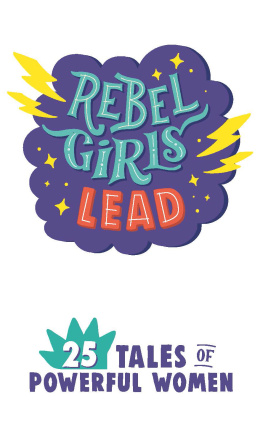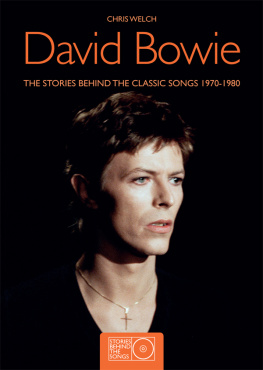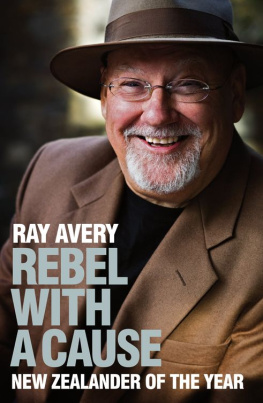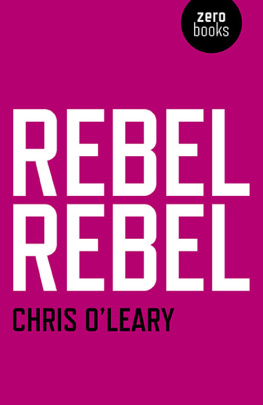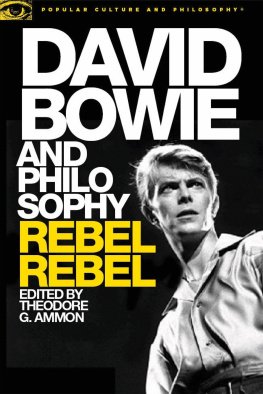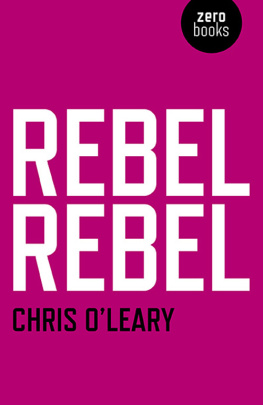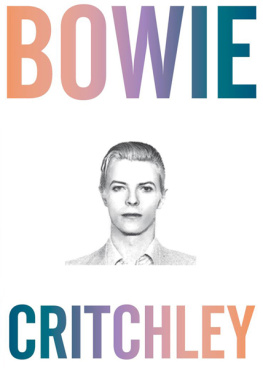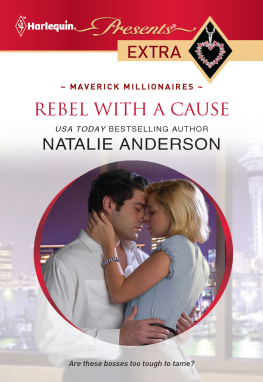Chris Sullivan has been a DJ, club runner, band leader, painter, style commentator, stylist, a designer of mens suits and an entrepreneur but for the last 20 years has concentrated on writing mainly prose.
In the 1980s he formed and fronted the Latin funk band, Blue Rondo la Turk, who were signed to Virgin for a record breaking advance and achieved a number one in Brazil and top tens across Europe, and founded The Wag Club in Wardour Street, where he was host, director and DJ for 18 years. From the mid-eighties onwards he has DJd in the best clubs and parties across the world.
As a journalist he has worked at The Face, Boys Own and Loaded, and for three years until 2000, he was GQs style editor. Since then he has freelanced for among many others, The Times, Esquire, Telegraph, Independent, Guardian, Big Issue and LUomo Vogue. He has written two previous books, the international bestseller Punk (with Stephen Colegrave) and the definitive chronicle of club culture of the 80s, We Can Be Heroes (with Graham Smith) and conceived and co-wrote a nine-part TV documentary series, Gangs of Britain.
His first film, Anarchy in the UK (an Aesops tale for the 21st Century), is in pre-production with Hacienda films while his TV series, The Fire People, adapted partly from the book by Alexander Cordell, is doing the funding rounds. Finally, almost 40 years since he first stepped into St Martins College of Art he is back as Associate Lecturer specializing in subculture, a subject he is rumored to know something about, and has resuscitated his painting career with an exhibition scheduled for Autumn.
Rebel Rebel
Mavericks Who Made Our modern World
Chris Sullivan
Unbound Digital
This edition first published in 2019
Unbound
6th Floor Mutual House, 70 Conduit Street, London W1S 2GF
www.unbound.com
All rights reserved
Chris Sullivan, 2019
The right of Chris Sullivan to be identified as the author of this work has been asserted in accordance with Section 77 of the Copyright, Designs and Patents Act 1988. No part of this publication may be copied, reproduced, stored in a retrieval system, or transmitted, in any form or by any means without the prior permission of the publisher, nor be otherwise circulated in any form of binding or cover other than that in which it is published and without a similar condition being imposed on the subsequent purchaser.
ISBN (eBook): 978-1-78965-002-0
ISBN (Paperback): 978-1-78965-003-7
Illustrations by Chris Sullivan
Cover design by Miles English
Cover images by Chris Sullivan
Printed and bound in Great Britain by Clays Ltd, Elcograf S.p.A.

Dedicated to my mother Brenda without whom this book would never have existed!
Contents
Fed up with blandness? Bored rigid with punching the clock? Sick of toeing the line? Are you tired, listless and lacking enthusiasm?
If your answer to any of these questions is yes, Rebel Rebel might just be the remedy for you. Its a chronological compendium of thirty-four articles on mavericks, intended to remind us all, in this age where to kowtow is a prerequisite, where doing what one is told is essential and where showing the remotest sign of independence or individuality is frowned upon, that most of the people and things of lasting significance didnt play by the rules.
Thinks of it less as an encyclopedia and more as an exceptional party. Its got musicians (Fela Kuti, David Bowie, Siouxsie Sioux, Liam Gallagher), actors (Louise Brooks, Erich von Stroheim, Robert Mitchum, Daniel Day-Lewis), artists (Egon Schiele, Jackson Pollock), directors (Orson Welles, Martin Scorsese), a photographer (Robert Capa), criminals (Brilliant Chang, Jacques Mesrine, Salvatore Giuliano), places (Paris, Vienna, Berlin) and movements, all of them turning up for one reason: they did their own thing in their own way. Not all are heroes James Brown was a wife-beating misogynist control freak with impossibly bad dress sense after the age of thirty, but by rewriting the rules of music he created a brand new fresh form called funk, and went on to influence more musicians than anyone on earth.
Some of the pieces are new, some have been published in magazines, but all appear here in their original form, prior to edits and unconstrained by word count. They are full of the life and energy that was often previously left on the cutting room floor, now fully restored by yours truly with a few updates to boot.
So, dig in. Your paperback manifesto of originality awaits. Id keep it in the smallest room for regular dipping or in your workbag to while away a tedious train journey. It might be just the encouragement you need to throw caution to the wind and, if you havent done so already, be the person you know you are or at least think about it.
Chris Sullivan
Maida Vale
November 2017
The Aesthetic Movement: Whistler, Wilde and Beardsley
According to Isaac Newtons third law, for every action there is always a reaction equal in size and opposite in direction. This rule also exists in art, style, music and culture, which often react against both the prevailing style of the day and its socio-political and economic trends. This was never truer than in the mid-nineteenth century, when a gang of barking mad, decadent, hedonistic artists and writers formed what became known as the Aesthetic movement, which except for Pop art is the only international art movement ever born in the UK.
Their clarion call was art for arts sake, as to them taste in all things was paramount. They held that art should have no moral or didactic purpose but simply be beautiful and reward the viewer with a pleasure solely drawn from aesthetics.
As such, they embarked on a mission to inject overwhelming pulchritude into what was a new and very ugly Britain, where every aesthetic consideration had been bludgeoned to death. What followed was an outpouring of paintings, objets dart, interiors, sculptures and calligraphy full of swirling lines, exotic birds, flowers and oriental sensuality tinged with a soupon of medievalism.
Architects, writers, philosophers, poets and craftsmen jumped on this conceit, which went on to dominate every aspect of UK culture for the next forty years and influence the world.
Arguably, the Aesthetic movement was the first youth cult albeit an upper-middle-class one that, like punk rock, was spearheaded by some of the most controversial, self-confessed libertarians of the era. It had its own mottos and contentious manifesto that self-consciously rebelled against staid Victorian morals. It had its own dandified, often rakish, style of dress. The women typically thin, deathly pale and intense wore long diaphanous gowns, were corsetless and favoured dizzy spells while their narcissistic, often effeminate men favoured long hair, green breeches, extravagant silk neckwear, canes and complex jacket configurations available only to the moneyed. Sexual ambiguity was suggested by the wearing of a green carnation in ones buttonhole, which served as a green light to those of a similar persuasion.


